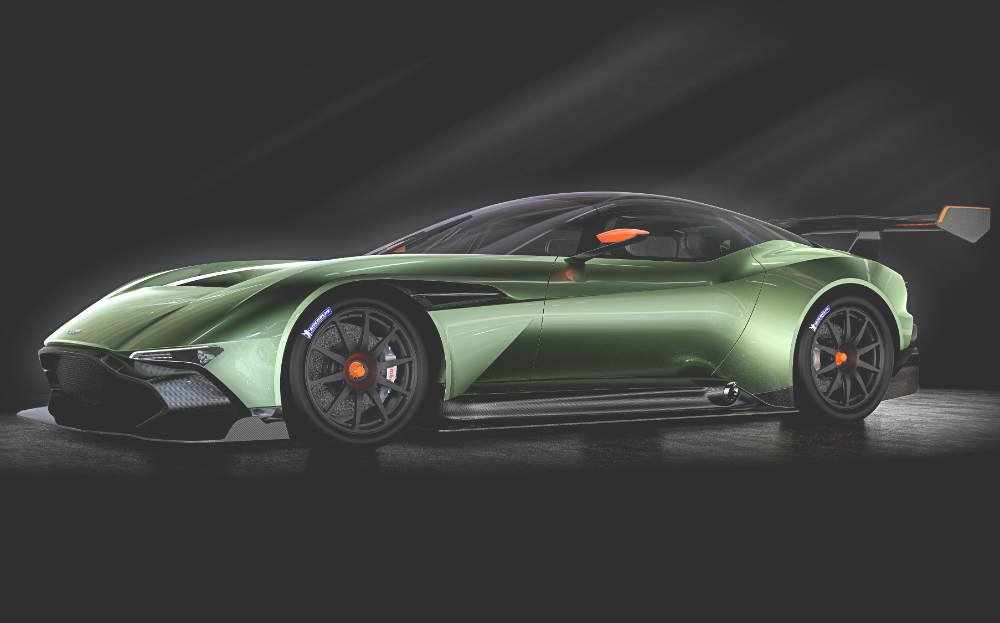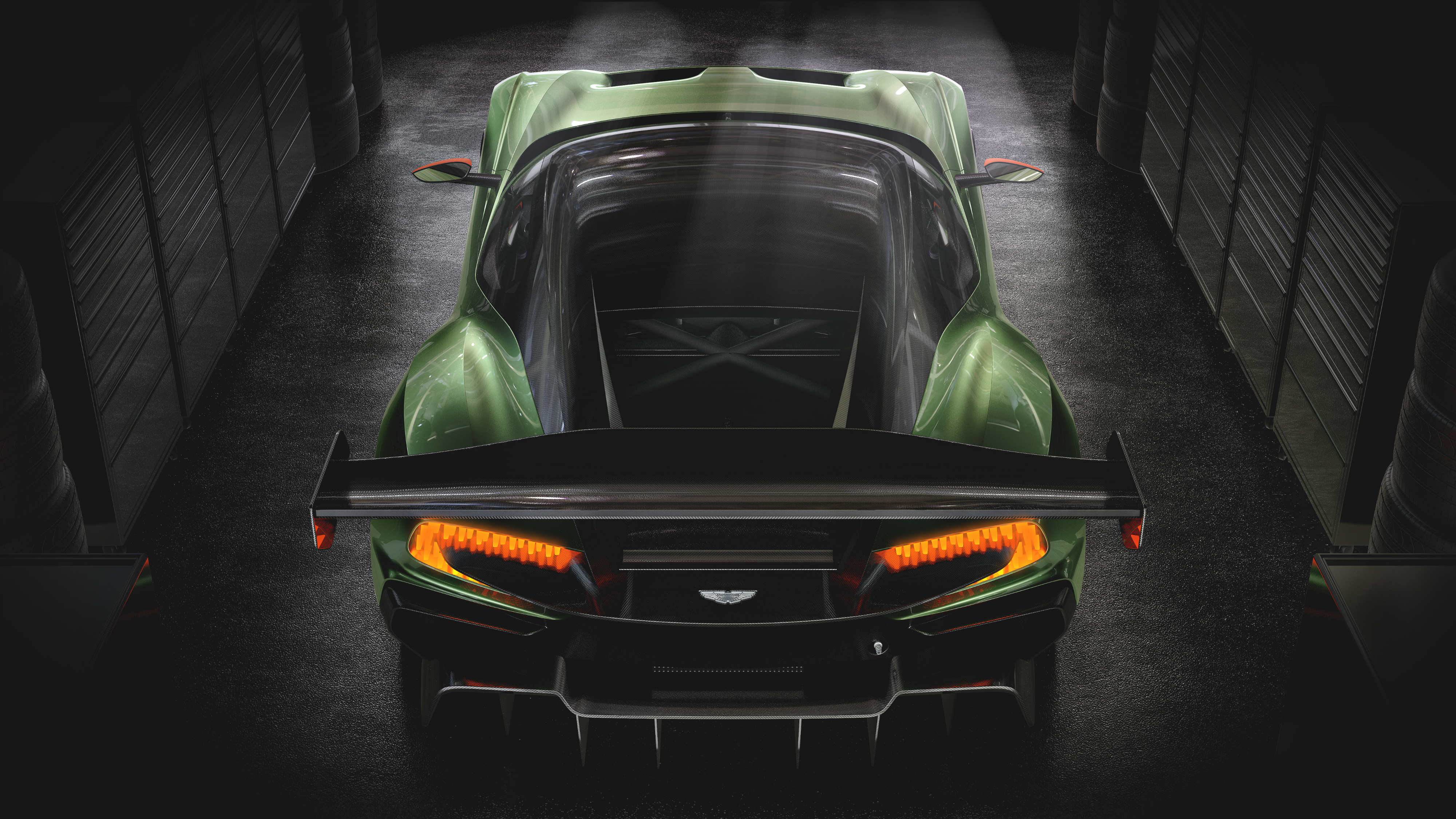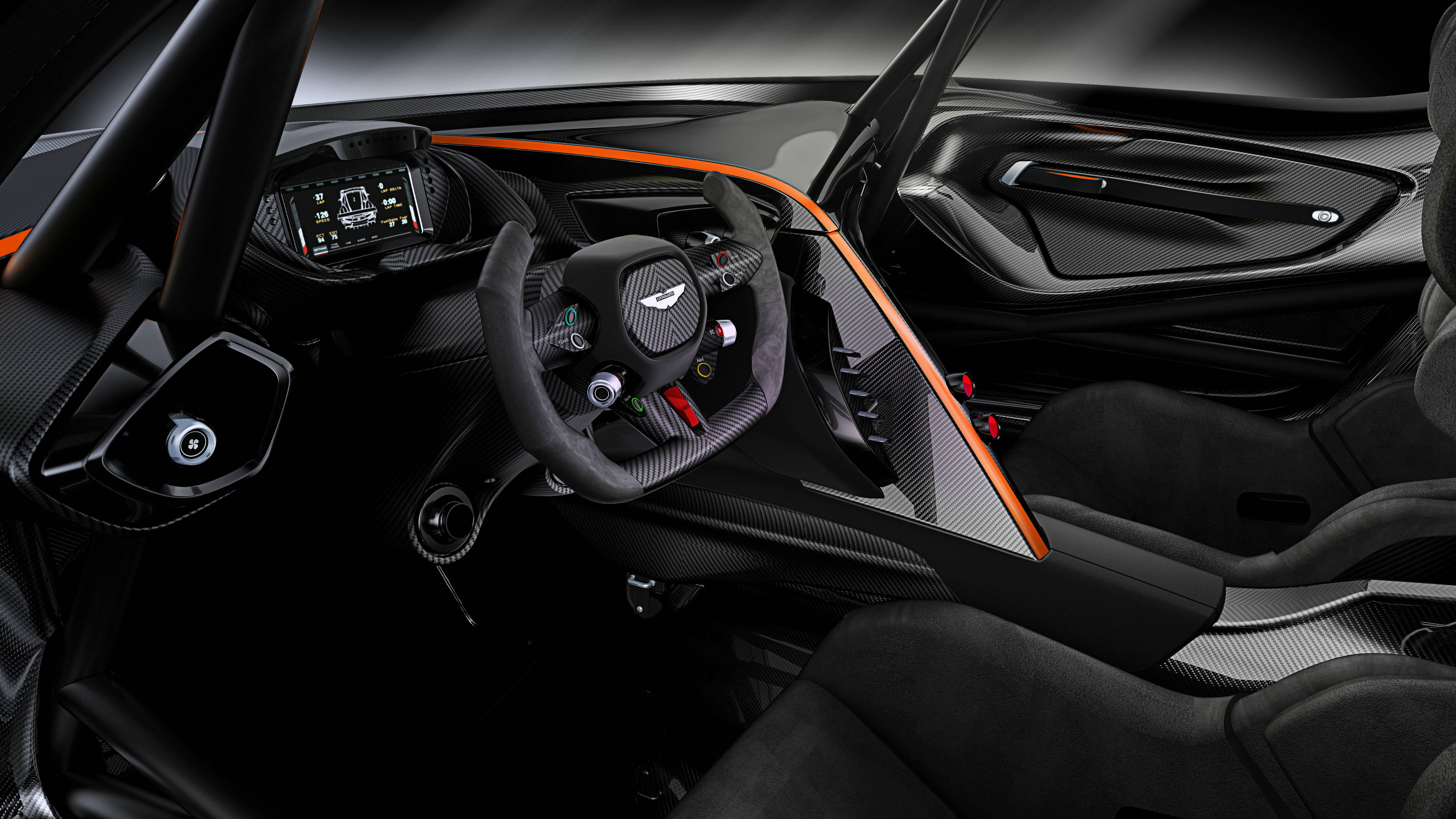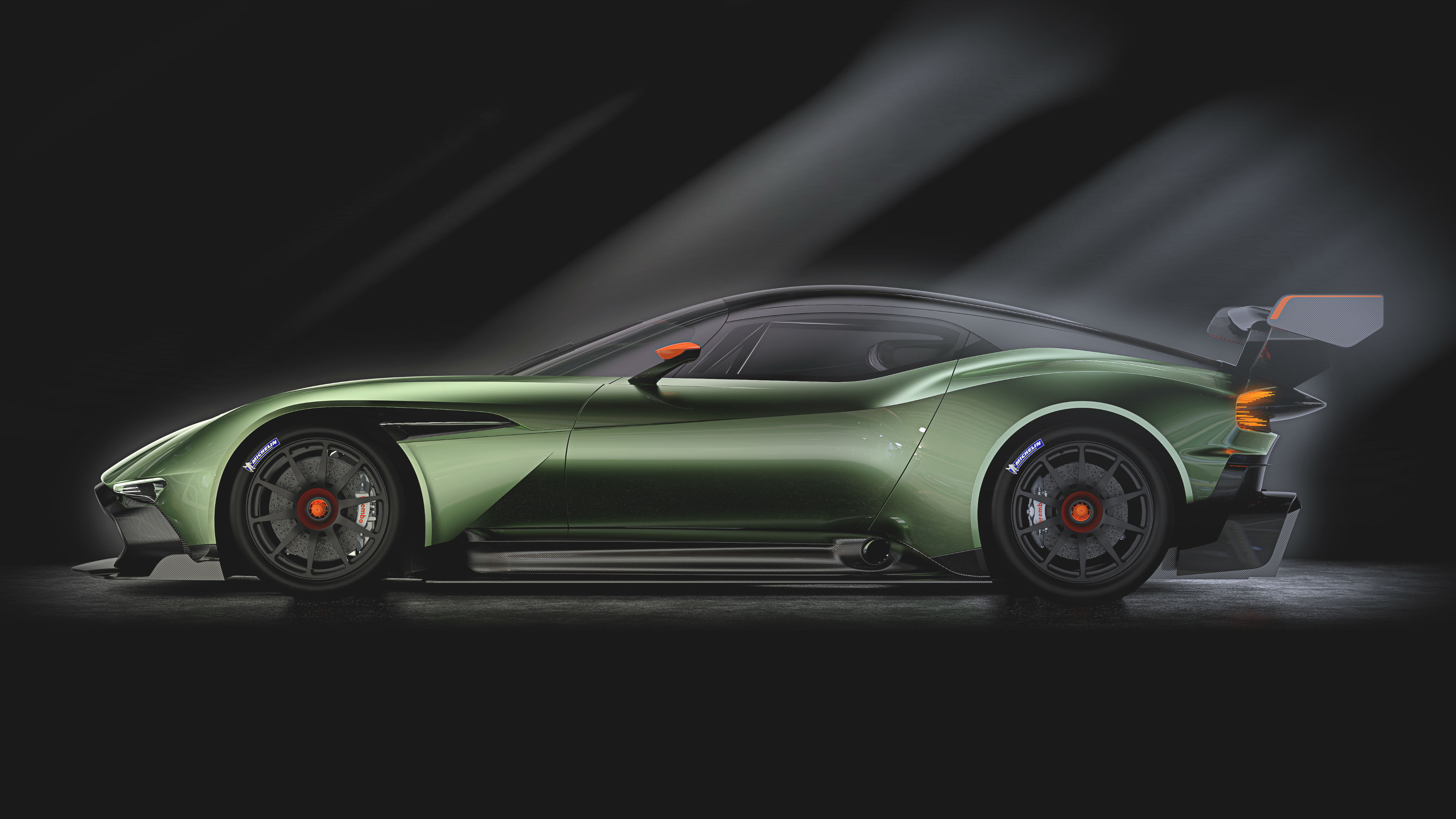News: Aston Martin Vulcan explodes onto supercar scene
800bhp V12 hypercar for 24 lucky multimillionaires

OWNERSHIP OF the new Aston Martin Vulcan brings perks beyond the car’s astonishing performance. Buyers will enjoy exclusive days at a racing track where they can work their way through a Vantage V12 S, Vantage GT4 and One-77, undergo driver training with a Le Mans-winning racing driver and choose to have their Vulcan painted any colour – perhaps matching their favourite Purdey shotgun.
Browse the used Aston Martins for sale on driving.co.uk
The downside? Not the eye-watering £1.8m price, nor the limited number of Vulcans that will be built; Aston Martin says it will make just 24, a nod to its history of competing in 24-hour endurance races, such as Le Mans and the Nürburgring. No, the real downer is the news that every Vulcan has been sold.

That’s hardly a surprise. Many wealthy car collectors view the Vulcan, and competing cars such as the McLaren P1 GTR and Ferrari FXX K, as a safer investment than stocks and shares.
The car’s name comes from the Vulcan aircraft, a jet-powered delta-wing bomber that was flown by the RAF from the 1950s through to the 1980s.
Andy Palmer, the chief executive of Aston Martin, said the Vulcan is a “… sports car for true sports car lovers. I believe the Aston Martin Vulcan – and the unique ownership programme that sits behind it – sets a whole new standard in the ultra-high-luxury supercar class.”
The Vulcan is a front-engined, rear-wheel-drive supercar powered by a 7-litre version of Aston Martin’s naturally aspirated V12 engine. It may lack the brains of rivals – unlike the P1 GTR and FXX K, it has no sophisticated hybrid drive system or kinetic energy recovery setup – but it doesn’t lack the brawn. This is an 800bhp beast.

Built like a racing car, it features a carbon fibre monocoque and uses the same material for its sleek bodywork, while there is a six-speed sequential transmission, limited slip differential and carbon-ceramic racing brakes. The driver will be able to make adjustments to the suspension, antilock braking calibration and traction control, and a roll cage adds rigidity and safety.
Aston Martin says the car’s power-to-weight ratio is better than that of a GTE sports car that would race in the FIA world endurance championship. Fitting, then, that Darren Turner, a winner of the Le Mans 24 Hours, will provide tuition to the 24 lucky Vulcan owners.
However, the company is coy about how much the car weighs, its performance statistics and whether or not it has set a lap time around the Nürburgring – perhaps fearful that it may not be as impressive as the McLaren and Ferrari.

Sceptics might argue that the Vulcan is an attempt to swell the bank balance of the British car company, which recently appealed for leniency on financial grounds to America’s National Highway Traffic Safety Association. The NHTSA had introduced a rigorous safety test that simulated a side impact with a lamppost, and another with a crash barrier. Both required car markers to fit “side-curtain airbags” to protect passengers’ heads during an accident. Aston Martin had argued that as a small-volume sports car maker, it could not afford the exorbitant costs of retrofitting its DB9 and Vantage models.
The Vulcan will make its public debut next week at the Geneva motor show.




